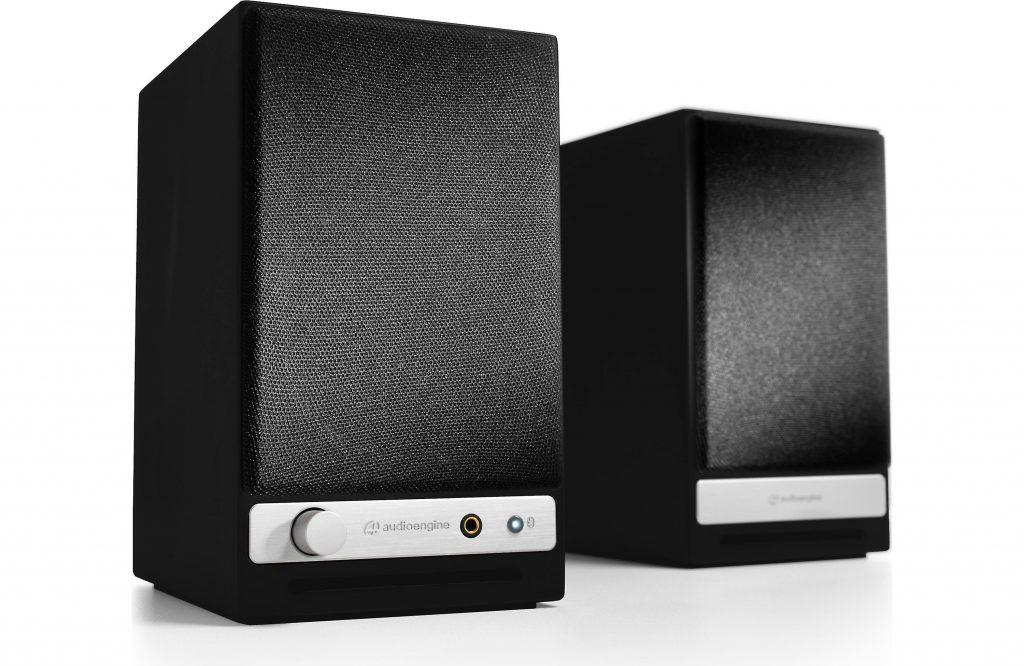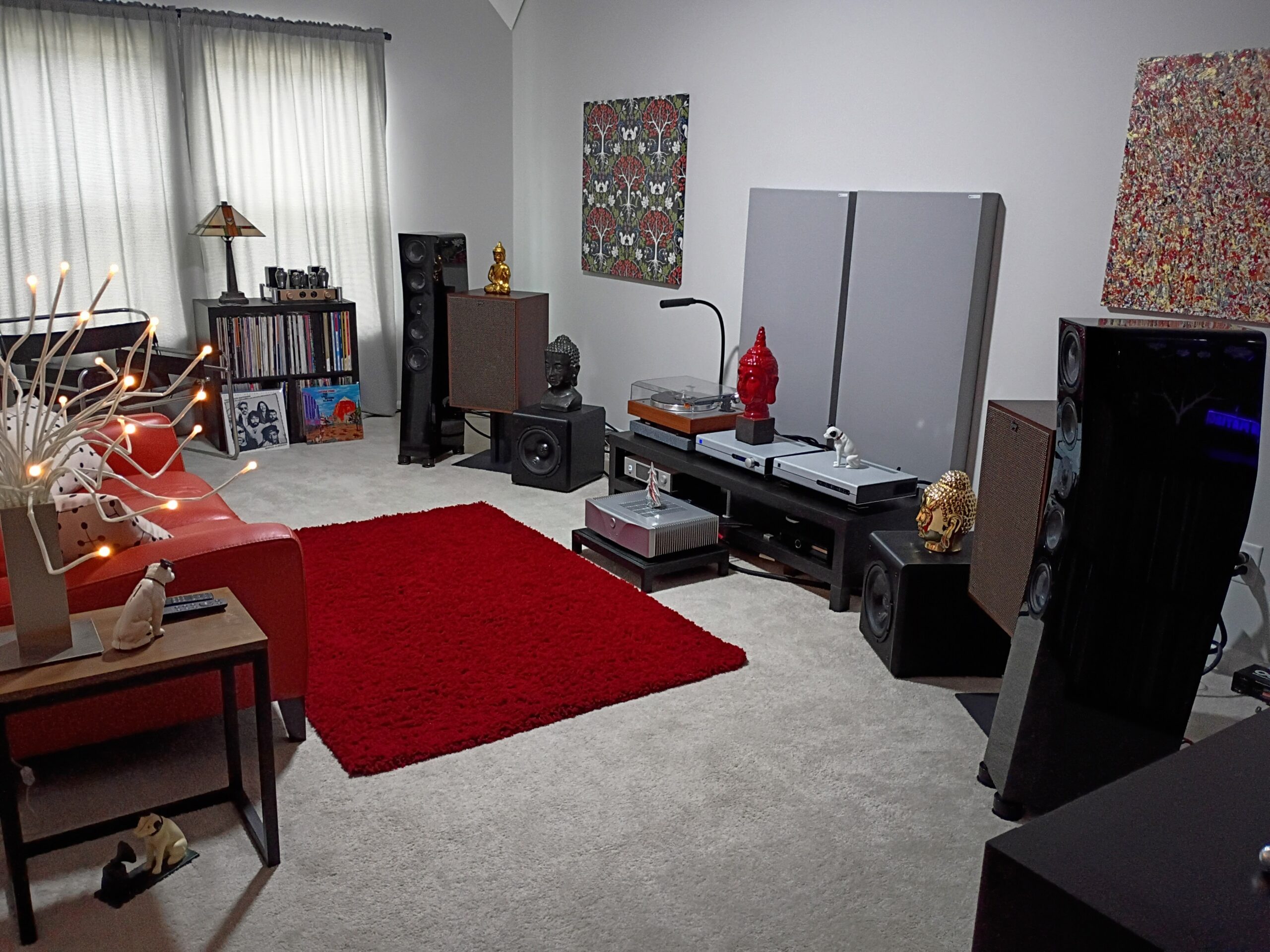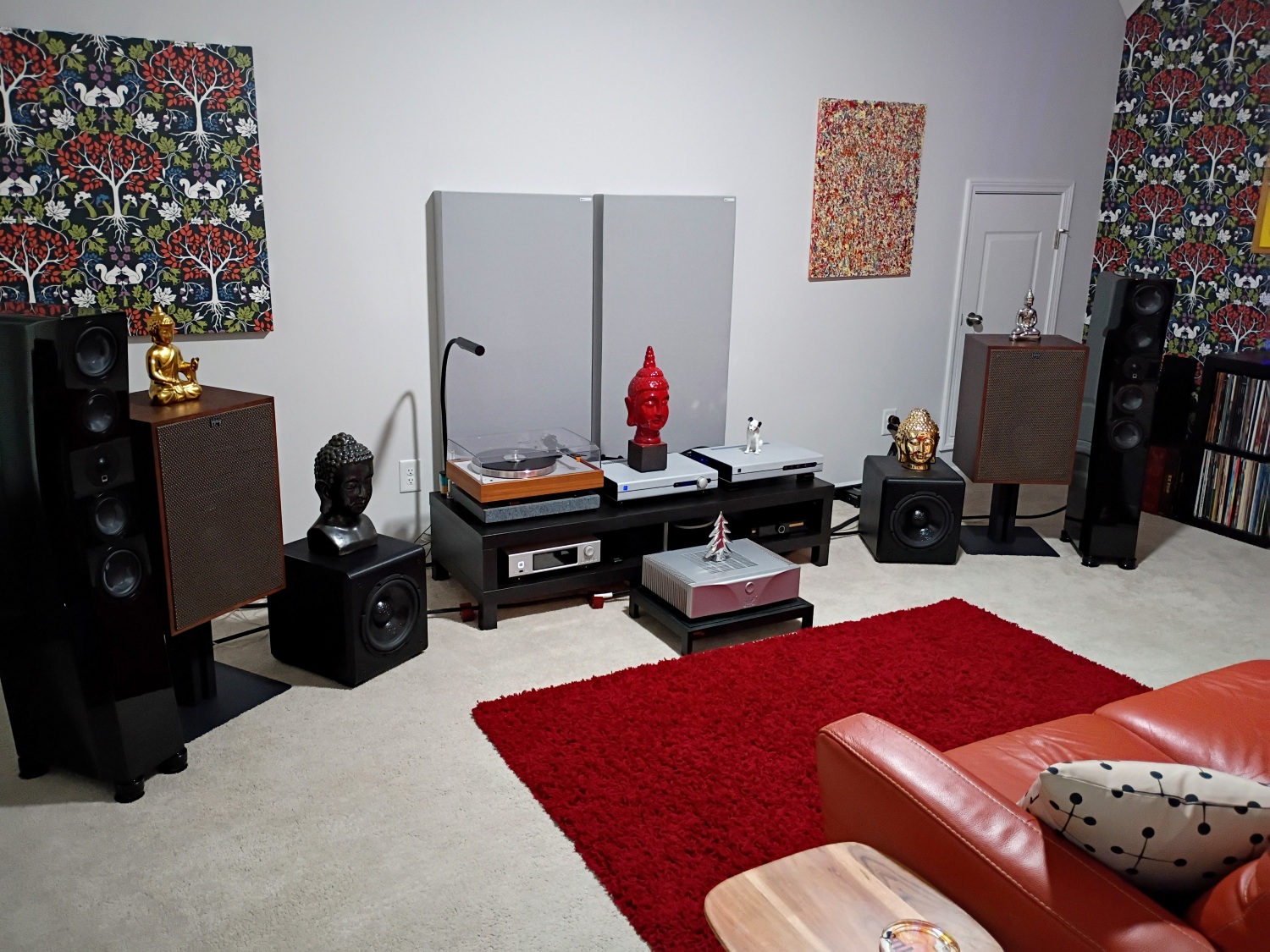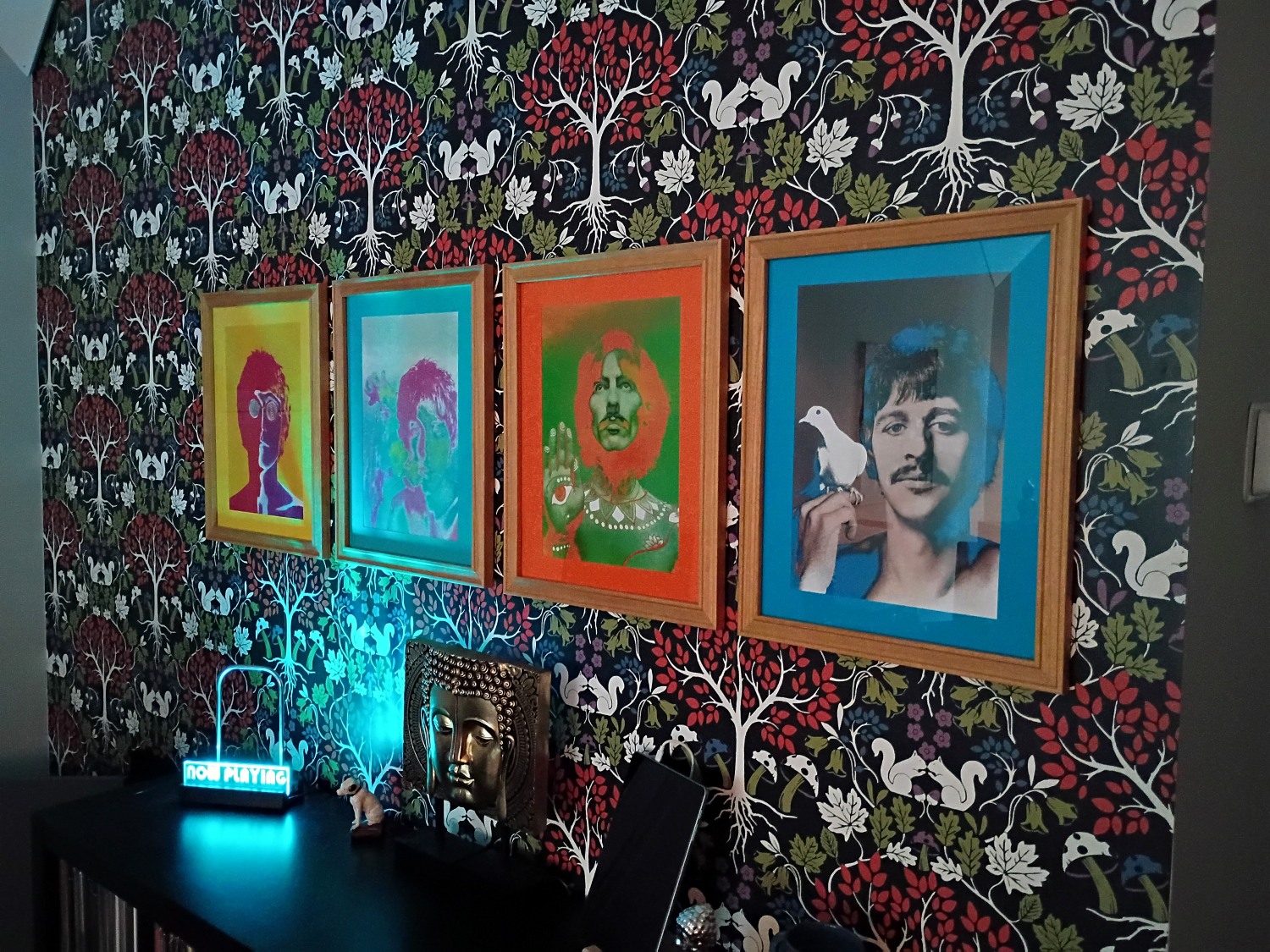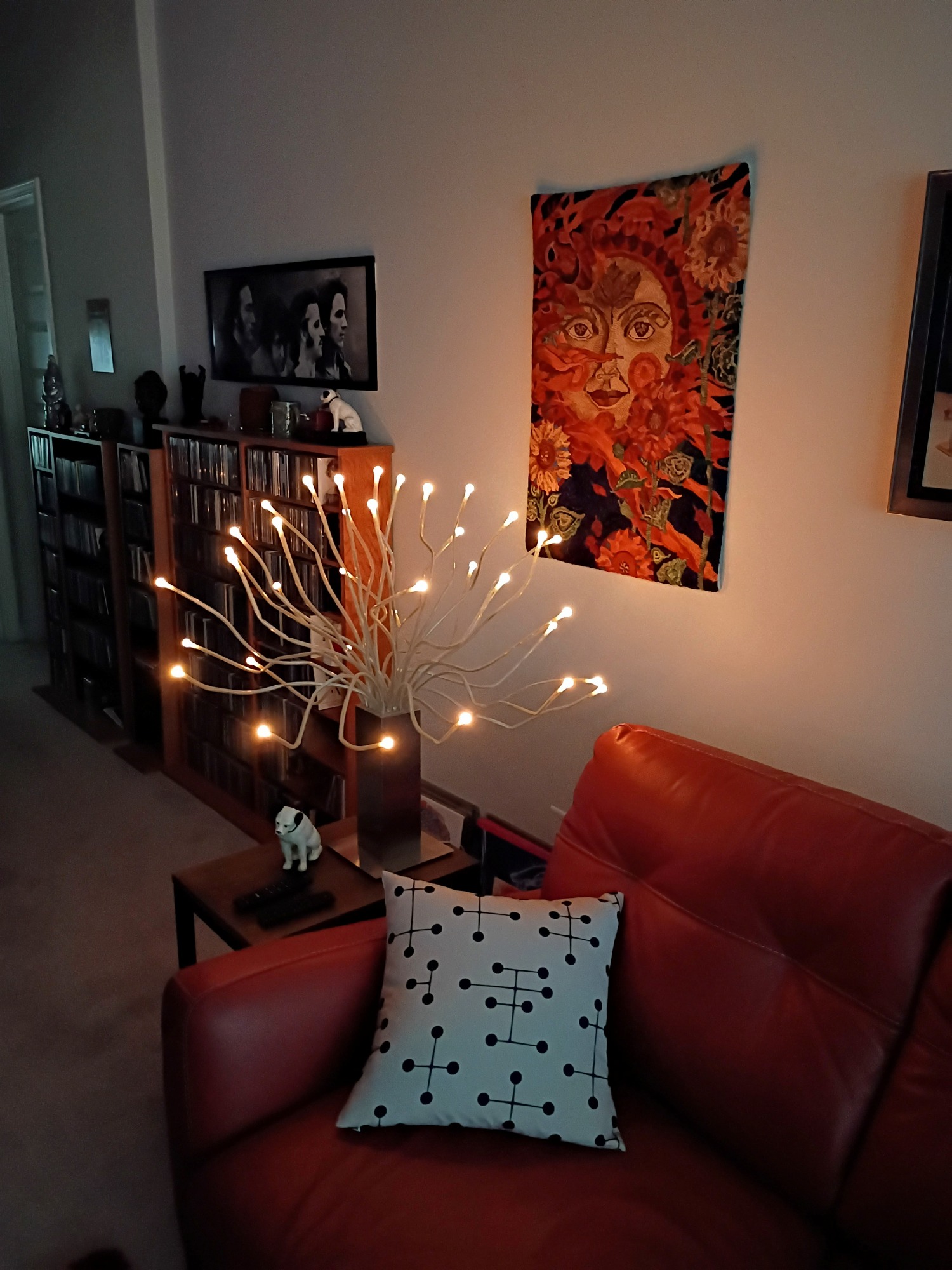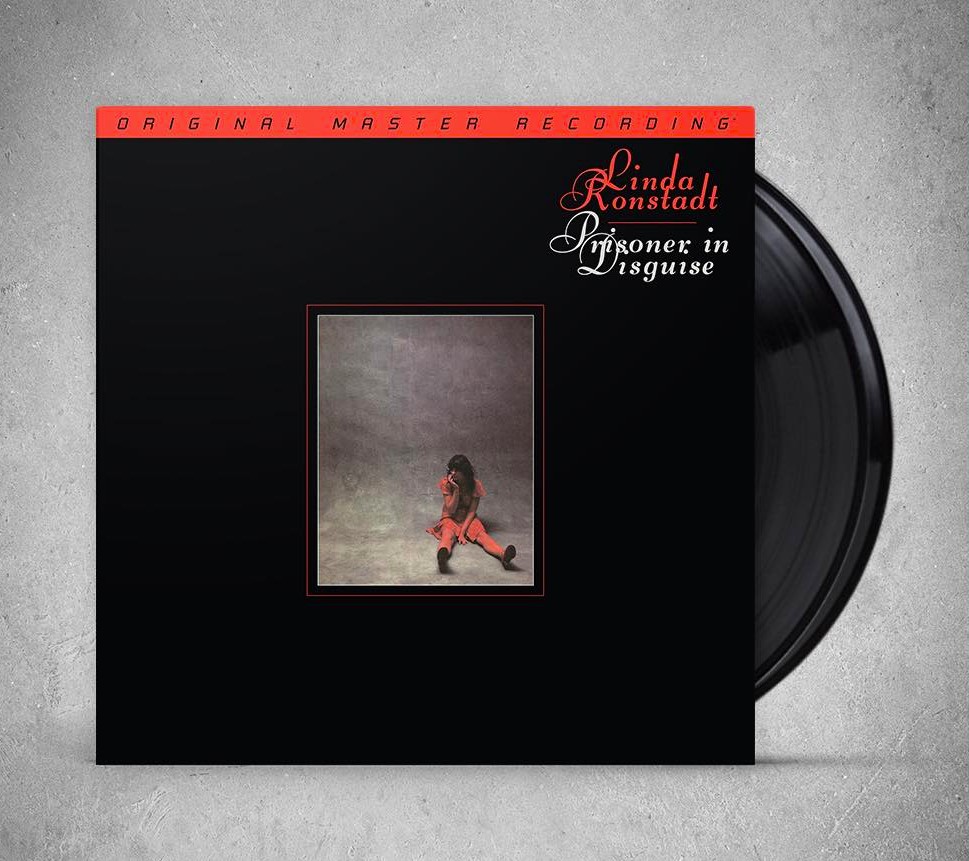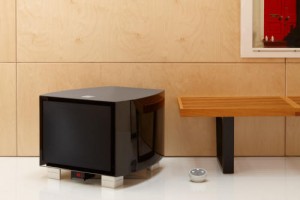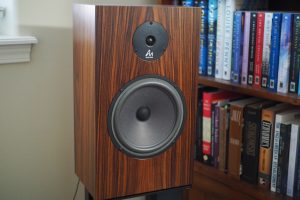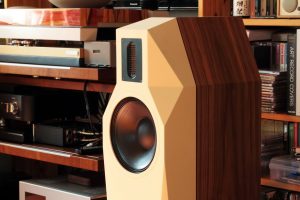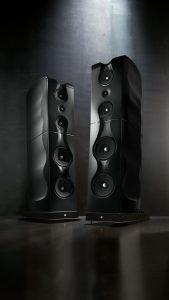Those of you who pay any attention to any of my stuff at all will know that I've been in the process of building a new home for the last year, and it really began for me in mid-February of 2016 when my real estate agent insisted that all my stereo equipment had to go away before we could put our old house on the market. So by the end of February, virtually everything I owned was in a 15 x 30-foot storage locker except a pair of headphones, a tablet, and a couple of portable DACs. And as the process went along, all of my stuff that went into that locker was very quickly buried under an avalanche of thirty-plus years of accumulation of personal belongings. Over the next nine months, I couldn't have gotten to anything back there if my life depended on it. The icing was that by following our real estate agent's advice, our house sold in three days, and for $40,000 over asking price. I guess I can't complain, huh?
So all this time, we were languishing in my brother's basement, which we affectionately began referring to as The Dungeon. And for months on end, I basically found a reasonable level of happiness with just a pair of cheap headphones; that was greatly enhanced when the Centrance DACPort HD mini-DAC showed up mid-summer. Great little DAC that does up to 2x DSD and any level of high-res PCM—look for a review here really soon! Anyway, my brother, who's kind of a cutting-edge technophile, had set up a little system for us with small JBL monitors connected to an HK home-theater receiver that was a cast-off from one of his previous systems, along with a wall-mounted 40-inch LCD flatscreen television. As I mentioned in a previous article last year, the speaker system was set up through the HK receiver using the HDMI connection to carry both audio and video signals, and at no point could I penetrate the system's menu to the point where I could activate any other inputs. Nothing I tried over a period of several weeks gave me anything but silence, so I eventually gave up, not wanting to overstep my bounds and mess too much with his system. I just continued to be satisfied with the headphone arrangement. This is the last tale to emanate from The Dungeon!
In November, I got an email from Brady at Audioengine, asking if I'd be at all interested in reviewing a pair of their new HD3 powered wireless speakers; having had a fairly long history with Audioengine, I leapt at the opportunity. And in no time at all, the HD3s arrived, ending my long drought of speaker-based sound. Hurray!
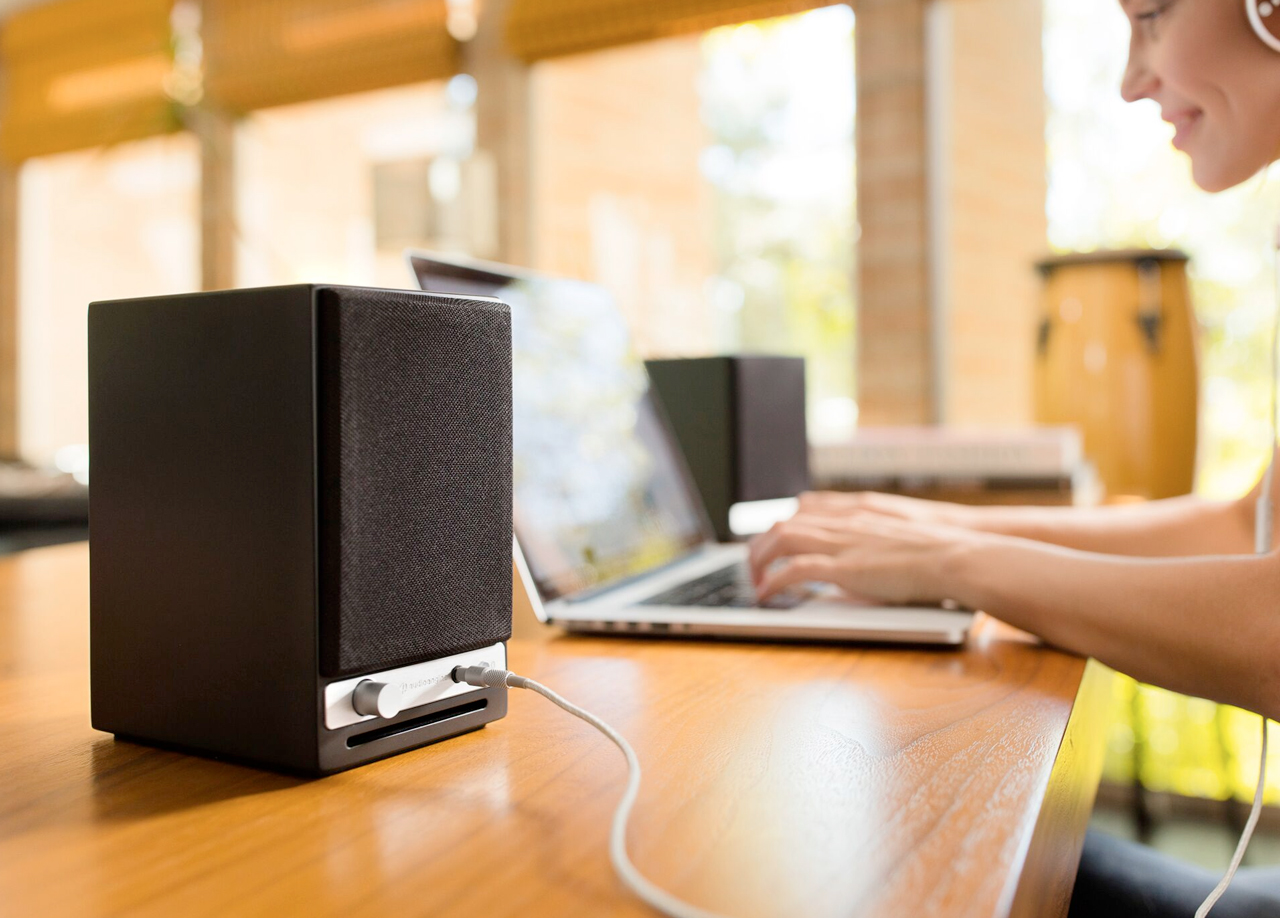
The HD3s share the same gorgeous woodworking and fit-and-finish as the flagship HD6s that I'd reviewed early last year, only in a much more compact case. The HD3s stand a diminutive 7 inches tall, and weigh in at about 10 pounds for the pair; in contrast, the much larger HD6s are almost 12 inches tall, and the set weighs in at almost thirty pounds. The driver complement mirrors the setup of the HD6s, only smaller, with Kevlar woofers and silk dome tweeters. Power output is 60 watts total, and incorporates a hefty Class AB amplifier which probably blows away anything else competing at this price-point. These guys just ooze quality at every corner, and as with the larger siblings, everything comes packed in really nice microfiber bags, making it really easy to transport them to exotic destinations.
In the same fashion as the HD6s, the left speaker contains all the hardware and input/output connections, and is attached via heavily-plated binding posts to the passive right speaker by a hefty 6.5 foot speaker cable. Of course, this allows for remarkably good placement options. Bookshelf, desktop or on stands—the HD3s are perfectly comfortable wherever they're placed. And there's no shortage of connections; you have your choice of getting a signal to these babies via Bluetooth, dual analog inputs (with variable level control) and there's also a USB audio input. The left speaker unit contains an analog output which allows for easy pass-through of the signal to another source unit or a subwoofer, for example. And there's also a switch that allows for reduction of the bass output of the HD3s, but in my experience with them, I never felt the bass to be bloated or overpowering at all—I thought the bass was impressively nearly perfect for such a relatively small volume speaker set. As with the other Audioengine powered speakers, hooking these guys up to just about any scenario, from your computer, to Apple TV to Roku to Amazon or even your cable box is a virtual snap. There's a convenient volume control on the front panel, or the volume can be controlled from your computer or any of your connected devices.
It took me about five minutes to get these guys paired via Bluetooth to my ASUS tablet, and I was playing music from my library via JRiver Media Center 21 in no time at all. I placed the really small HD3s on top of the JBLs, which positioned them almost perfectly at ear-level, and the sound was nothing less than remarkable right out-of-the-box! Whereas, with the HD6s, I felt their performance was constrained by the wireless function, I did not feel that at all with the HD3s—via Bluetooth, they sounded amazing. I had zero qualms with the sound quality, and was, in fact, mightily impressed that such room-filling sound came from these diminutive little babies. The room in which they were set up measured roughly 15 x 23 x 8 feet tall, and when I removed them from their compact packaging, I didn't have high hopes that they'd be able to produce any kind of satisfying volume for such a relatively large-ish room. Boy, was I wrong! They really sang out, and excelled with virtually any genre of music. I'd been digging all the new music finds I'd been collecting over the last few months over the headphone setup, but what an eye-opener to hear it all through really great speakers. The HD6s are game-changers, but the HD3s are totally remarkable speakers in their own right, capable of producing a really big, satisfying sound like I'd never have believed. My wife kept reminding me that my brother's bedroom was directly above the room where we were staying, and to please turn the volume down!
At this point, I connected the HD3s to the Centrance DACPort HD and to my PC, and the sound went from magnificent to off-the-charts good—the HD3s just completely sang to all my DSD and high-res PCM files, and rips of CDs were equally impressive. One of the things that really impressed me about the HD3s was how great they sounded virtually right-out-of-the-box, with very little warm-up time at all. And when I first saw the switch for reducing the bass level, I was totally convinced that because of their very small size, they'd have such a spike in the bass curve as to make them unlistenable. Wrong! I never turned the switch off, because I never felt the bass was anything but perfectly normal and natural. The bass is flat to 65Hz, which is pretty damned impressive for such a small cabinet speaker.
Flashback to late August, when the revamped Audioquest DragonFly Black and Red units had shown up, and I was experimenting with using my ASUS tablet as an audio endpoint with the USB Audio Pro software recommended by Audioquest. The software would take the otherwise laughable audio quality of just about any Android tablet, and elevate it to audiophile quality for either headphone listening or as a high-resolution audio endpoint. The software was less than ten bucks, and all I needed was a $10 USB-to-USB micro pigtail to attach to one of the DragonFly units. USB Audio Pro with the Audioquest DragonFly (especially the Red!) lifted my lowly tablet and transformed it into a 24/92 digital music player that blew away anything else I had on hand. This was perfect for road trips, and also made the scenario perfect for taking the HD3s along, and the match between the two was very little short of sheer perfection. While the USB Audio Pro software is DSD capable, the DragonFly is not, but the whole concept behind the DragonFly isn't to be an end-all, be-all DAC, it's to allow you to easily use your most accessible files in superb sound quality, and it fills that role swimmingly!
Also late in the year, I received the Sonore microRendu micro-computer/renderer, and was unfortunately delayed in starting that review due to the constant and untimely delays experienced during the building of my new home. At some point in early December, when it became painfully obvious that we wouldn't get into the new house until sometime in January, I threw in the towel and decided "What the Hell" and downloaded a two-month trial of Roon. I then connected the microRendu, just to start getting a feel for its operation, even though the HD3s would probably very rarely be connected to such a relatively exotic setup. Feeding the USB output of the microRendu into the Centrance DACPort HD, the results were simply stunning; the higher the quality of the input going into the HD3s, the better they sounded! How great was it to sit around during the otherwise dismal (entirely because of the home construction situation) holiday season, and listen to a nonstop cavalcade of great sounding music, much of it in high-res!
My main point here is that whatever the choice of audio input into the HD3s, the results were uniformly superb. I made the comment in my review of the bigger, more robust HD6s that I could potentially chuck my entire system and become perfectly comfortable with them over the long haul, and that opinion hasn't changed in the year or so that's gone by. The HD6 is a singular product that will totally shake your ideas about the level of audiophile sound that can be obtained for $750. The HD3s don't quite occupy that same rarified air, but for just a touch over half the price, will redefine the listening experience for those on a more limited budget. Or those who just want totally kick-ass sound from their desktop setup. The HD3s are very, very highly recommended!
Audioengine HD3 Powered Speakers
Retail: $399
Audioengine





